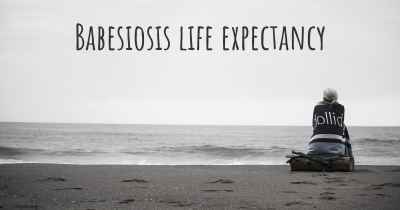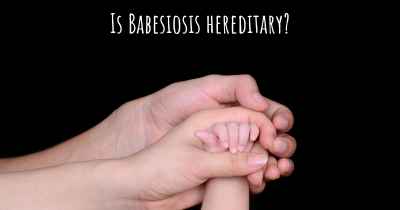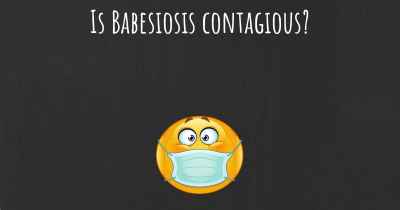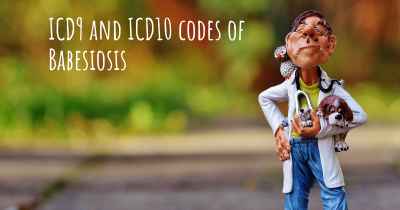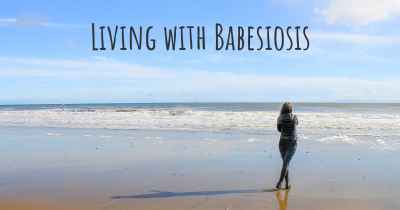What are the best treatments for Babesiosis?
See the best treatments for Babesiosis here
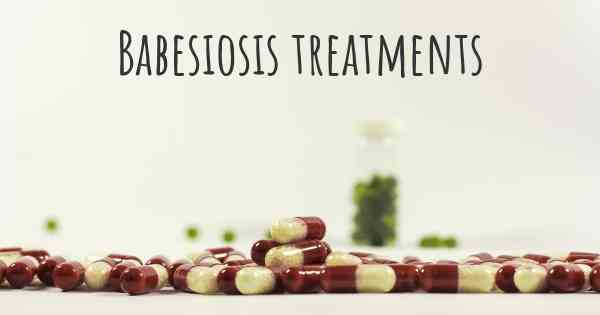
Babesiosis is a tick-borne illness caused by the parasite Babesia. It primarily affects red blood cells and can lead to symptoms such as fever, fatigue, muscle aches, and anemia. Prompt diagnosis and treatment are crucial to prevent complications and ensure a full recovery.
Treatment Options for Babesiosis
1. Antiparasitic Medications: The mainstay of treatment for babesiosis involves the use of antiparasitic medications. The most commonly prescribed drug is a combination therapy of atovaquone and azithromycin. Atovaquone works by inhibiting the parasite's ability to produce energy, while azithromycin helps to eliminate the infection. This combination therapy is highly effective in clearing the parasite from the bloodstream.
2. Clindamycin and Quinine: In cases where atovaquone and azithromycin cannot be used, a combination of clindamycin and quinine may be prescribed. Clindamycin interferes with the parasite's protein synthesis, while quinine disrupts its ability to metabolize glucose. This combination is generally reserved for severe cases or when the first-line therapy is not well-tolerated.
3. Supportive Care: Alongside antiparasitic medications, supportive care plays a crucial role in managing babesiosis. This includes measures to alleviate symptoms and support the body's healing process. Adequate rest, hydration, and over-the-counter pain relievers such as acetaminophen or ibuprofen can help relieve fever, muscle aches, and discomfort.
4. Blood Transfusions: In severe cases of babesiosis, where there is a significant decrease in red blood cell count or complications such as organ damage, blood transfusions may be necessary. Transfusions help restore the red blood cell levels and improve oxygen delivery to the body's tissues.
Monitoring and Follow-up
During treatment, it is important for individuals with babesiosis to be closely monitored by healthcare professionals. Regular blood tests are conducted to assess the response to treatment and ensure the parasite has been successfully cleared from the bloodstream. Follow-up appointments allow healthcare providers to evaluate the patient's progress and address any concerns or lingering symptoms.
Prevention
Preventing tick bites is the best way to avoid contracting babesiosis. Some preventive measures include:
- Tick Avoidance: Stay away from areas with high tick populations, such as tall grasses and wooded areas. If venturing into these areas, wear long sleeves, pants, and closed-toe shoes. Tuck pants into socks and use insect repellents containing DEET on exposed skin.
- Tick Checks: After spending time outdoors, thoroughly check your body for ticks. Pay close attention to hidden areas like the scalp, groin, and armpits. Promptly remove any ticks using tweezers, grasping them as close to the skin as possible.
- Tick Control: Keep your surroundings tick-free by regularly mowing lawns, removing leaf litter, and creating a barrier between wooded areas and your yard using gravel or wood chips.
- Pet Protection: Protect your pets from ticks by using tick preventatives recommended by veterinarians. Regularly check them for ticks and promptly remove any you find.
Note: This information is for educational purposes only and should not replace professional medical advice. If you suspect you have babesiosis or any other medical condition, consult a healthcare professional for an accurate diagnosis and appropriate treatment.
Posted Aug 30, 2017 by julie yorn 900
Posted Mar 16, 2018 by Niki 8100
